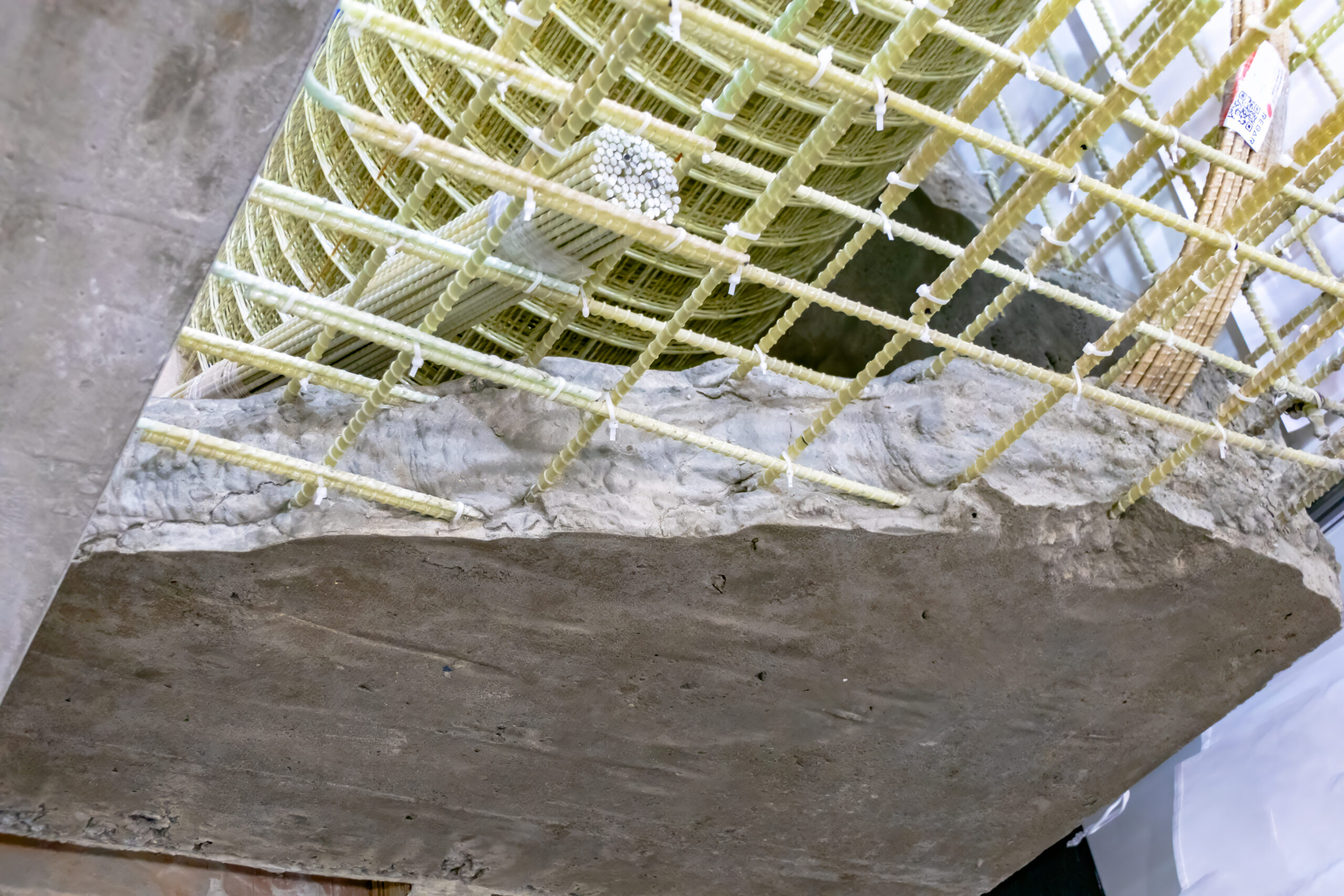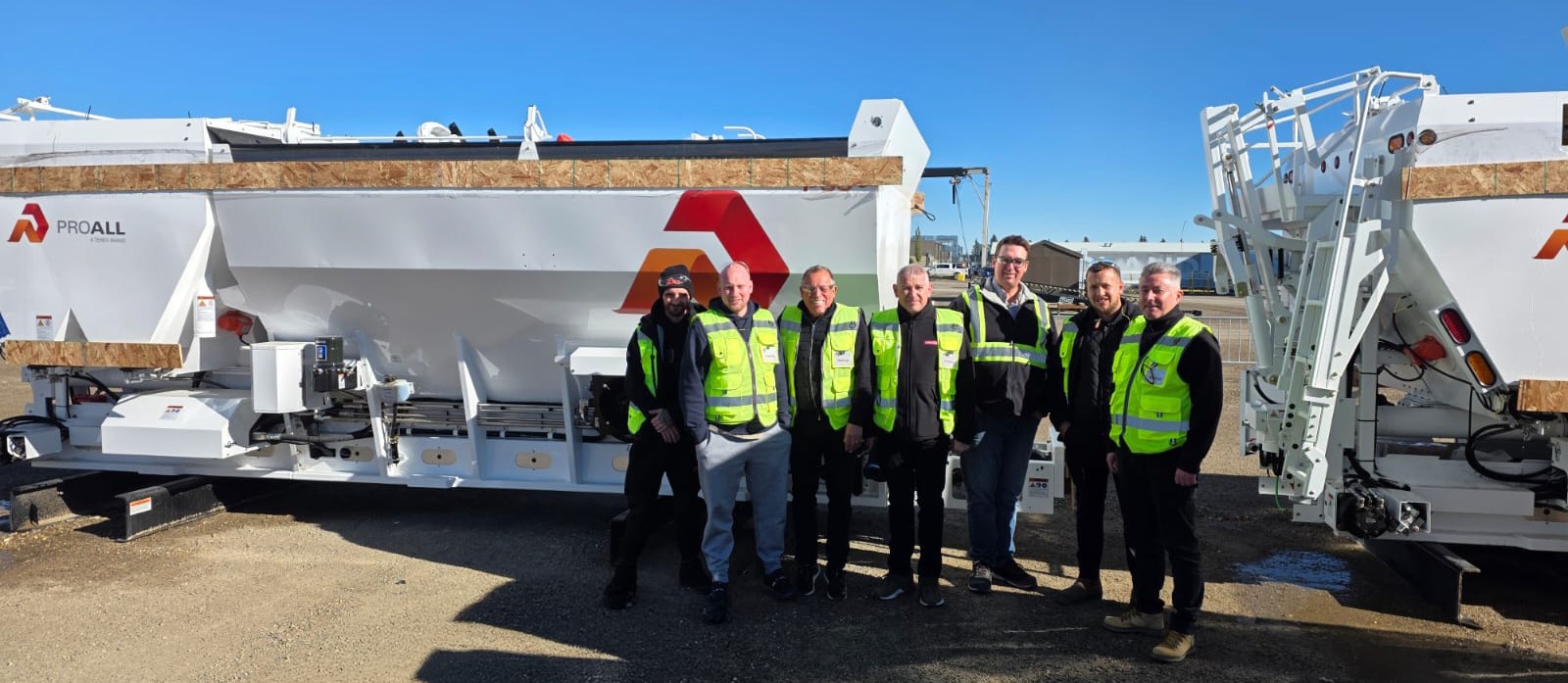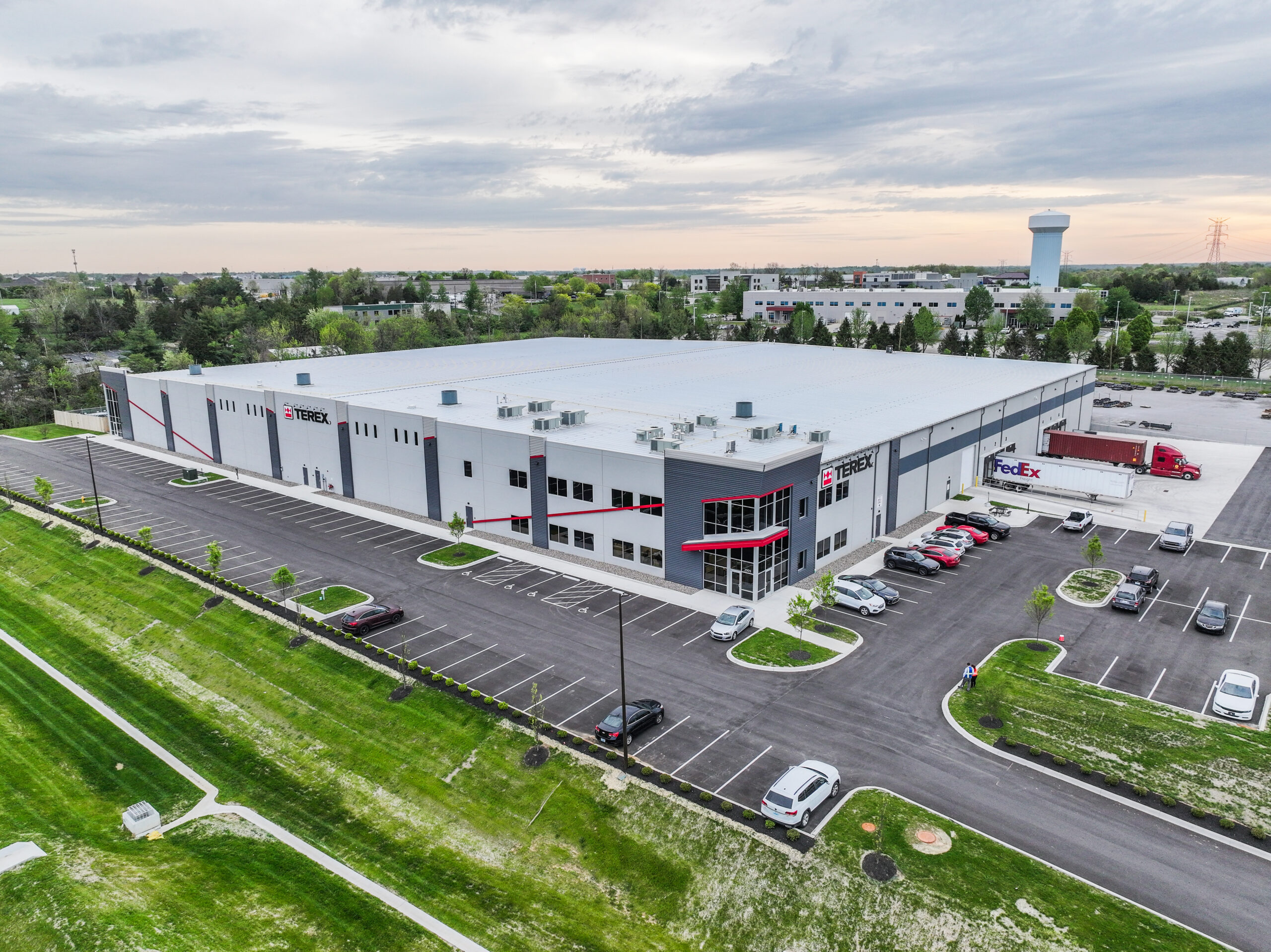
The Benefits of Fiber-Reinforced Concrete Explained
In the world of construction and infrastructure development, concrete stands as the cornerstone of durability and strength. Traditional concrete formulations have evolved significantly, with one of the most innovative advancements being fiber-reinforced concrete (FRC). This blend of conventional concrete with various fibers offers numerous advantages, making it a preferred choice in modern construction projects. Whether you’re an engineer, contractor, or simply interested in construction advancements, understanding the benefits of fiber-reinforced concrete is crucial.
What is Fiber-Reinforced Concrete (FRC)?
Fiber-reinforced concrete is a composite material comprising cement, aggregates, and discrete fibers. These fibers, often made of materials like steel, glass, synthetic polymers, or natural fibers, are uniformly distributed throughout the concrete mix. Their inclusion enhances the structural integrity and performance characteristics of the concrete in diverse applications.
Fibers in FRC serve multiple functions. They improve the tensile strength of the concrete, help control cracking, and enhance its toughness. The fibers bridge across cracks that develop, helping to hold the concrete together, which significantly reduces the width of cracks and prevents them from spreading.
Types of Fibers Used in FRC
- Steel Fibers Steel fibers are the most commonly used type of fiber in FRC. They offer high tensile strength and are especially useful in applications requiring increased load-bearing capacity and resistance to impact.
- Glass Fibers Glass fibers provide good resistance to corrosion and are often used in applications where aesthetic appeal and surface finish are important. They are also effective in enhancing the durability of concrete in aggressive environments.
- Synthetic Fibers Synthetic fibers, such as polypropylene or nylon, are lightweight and offer good resistance to chemicals. They are often used to improve the durability and toughness of concrete, particularly in applications like pavements and precast elements.
- Natural Fibers Natural fibers, such as those derived from plants (e.g., sisal, jute, or coconut fibers), are sustainable and environmentally friendly. They offer good resistance to cracking and improve the overall durability of concrete structures.
Key Benefits of Fiber-Reinforced Concrete
1. Enhanced Durability and Crack Resistance
Fiber-reinforced concrete significantly improves the durability of structures by reducing cracking. The fibers act as a reinforcement system that disperses energy and limits crack propagation, thereby extending the lifespan of concrete elements exposed to various environmental and load conditions. In traditional concrete, cracks can develop and propagate over time due to stress, temperature changes, or shrinkage. The presence of fibers helps to control these cracks, reducing their width and preventing them from becoming a structural issue.
2. Increased Impact and Fatigue Resistance
Due to its enhanced tensile strength and ductility, FRC exhibits superior resistance to impact and fatigue. This property is particularly beneficial in structures subject to dynamic loads, such as bridges, pavements, and industrial floors, where resilience to repeated stresses is crucial. The fibers within the concrete matrix help to absorb and dissipate energy from impacts, reducing the likelihood of damage and prolonging the service life of the structure.
3. Flexibility in Design and Construction
Fiber-reinforced concrete offers greater flexibility in design and construction. The ability to tailor the mix with specific fiber types and proportions allows engineers to optimize performance according to project requirements. This adaptability enhances construction efficiency and ensures compliance with structural specifications. For example, the use of different types of fibers can be optimized based on the specific demands of a project, such as load-bearing capacity, environmental exposure, or aesthetic requirements.
4. Improved Structural Performance
Structures built with fiber-reinforced concrete demonstrate improved structural performance under challenging conditions. Whether used in seismic regions or for enhancing the load-bearing capacity of concrete elements, FRC provides a reliable solution that meets stringent safety and performance standards. In seismic areas, the ability of FRC to absorb and dissipate energy during an earthquake can significantly reduce the risk of structural failure.
5. Cost-effectiveness and Sustainable Construction
Despite its advanced properties, fiber-reinforced concrete offers cost-effectiveness over the lifecycle of a project. Reduced maintenance needs, extended service life, and minimized material usage contribute to sustainable construction practices, aligning with global environmental initiatives. By reducing the need for repairs and replacements, FRC helps to lower the overall cost of ownership and operation for concrete structures.
6. Enhanced Fire Resistance
Fiber-reinforced concrete can also offer improved fire resistance. Some types of fibers, such as polypropylene, melt when exposed to high temperatures, creating channels within the concrete. These channels allow steam to escape, reducing the internal pressure and preventing explosive spalling, which can occur when concrete is exposed to fire.
Applications of Fiber-Reinforced Concrete
The versatility of fiber-reinforced concrete extends its applicability across various sectors:
- Infrastructure: Bridges, tunnels, and dams benefit from FRC’s durability and resilience. The enhanced crack resistance and load-bearing capacity of FRC make it ideal for large-scale infrastructure projects that require long-term performance and minimal maintenance.
- Commercial Construction: High-rise buildings and industrial facilities utilize FRC for enhanced structural performance. The increased impact and fatigue resistance of FRC are particularly valuable in commercial applications, where structures must withstand heavy use and dynamic loads.
- Residential Projects: From foundations to decorative elements, FRC offers durability and aesthetic versatility. Homeowners and builders can use FRC for driveways, patios, and other residential applications where durability and low maintenance are desired.
- Precast Concrete Products: FRC is widely used in the production of precast concrete elements, such as pipes, panels, and cladding. The use of fibers improves the quality and performance of these products, making them more durable and reliable.
- Pavements and Flooring: Fiber-reinforced concrete is ideal for pavements, airport runways, and industrial floors due to its high resistance to cracking and impact. The increased toughness and load-bearing capacity of FRC make it well-suited for applications where concrete must withstand heavy traffic and dynamic loads.
ProAll Volumetric Mixers and FRC
One of the key challenges in working with fiber-reinforced concrete is ensuring the proper distribution of fibers throughout the mix. This is where ProAll’s volumetric mixers come into play. Volumetric mixers allow for on-site mixing of concrete, ensuring that the fibers are evenly distributed and that the concrete is fresh and of high quality.
ProAll’s volumetric mixers offer several advantages for working with fiber-reinforced concrete:
- Precision Mixing: Volumetric mixers allow for precise control over the mix proportions, ensuring that the right amount of fibers is included in each batch. This precision helps to achieve the desired performance characteristics and consistency in the final product.
- On-site Flexibility: With a volumetric mixer, you can produce fresh concrete on-site, reducing the risk of fiber segregation and ensuring that the concrete is mixed to the exact specifications required for the project. This on-site flexibility also allows for adjustments to be made in real-time, accommodating changes in project requirements or environmental conditions.
- Reduced Waste: Volumetric mixers reduce waste by allowing for the production of only the amount of concrete needed for a particular job. This reduction in waste contributes to more sustainable construction practices and helps to lower overall project costs.
- Enhanced Quality Control: By mixing concrete on-site, volumetric mixers provide enhanced quality control, ensuring that each batch of concrete meets the required standards and specifications. This enhanced quality control is particularly important when working with fiber-reinforced concrete, where the even distribution of fibers is critical to achieving the desired performance.
In conclusion, fiber-reinforced concrete represents a significant advancement in construction technology, offering unparalleled benefits in durability, resilience, and sustainability. As industries continue to evolve, embracing innovations like FRC ensures the development of robust, long-lasting structures that meet the demands of modern-day challenges.
Whether you’re involved in construction, engineering, or simply curious about advancements in concrete technology, exploring fiber-reinforced concrete opens doors to a world of possibilities where strength meets innovation.
For more insights into concrete technologies and solutions, explore how ProAll’s volumetric mixers are pioneering advancements in concrete mixing technology, ensuring precision and quality in every mix. By leveraging the capabilities of volumetric mixers, you can achieve the full potential of fiber-reinforced concrete, enhancing the performance and longevity of your construction projects.
Ready to Upgrade Your Concrete Projects?
Discover how fiber-reinforced concrete can revolutionize your construction projects with its superior durability and performance. Learn more about how ProAll volumetric mixers can help you achieve the perfect mix every time, ensuring top-quality results for your builds. Contact us today to find out how we can support your next project.


